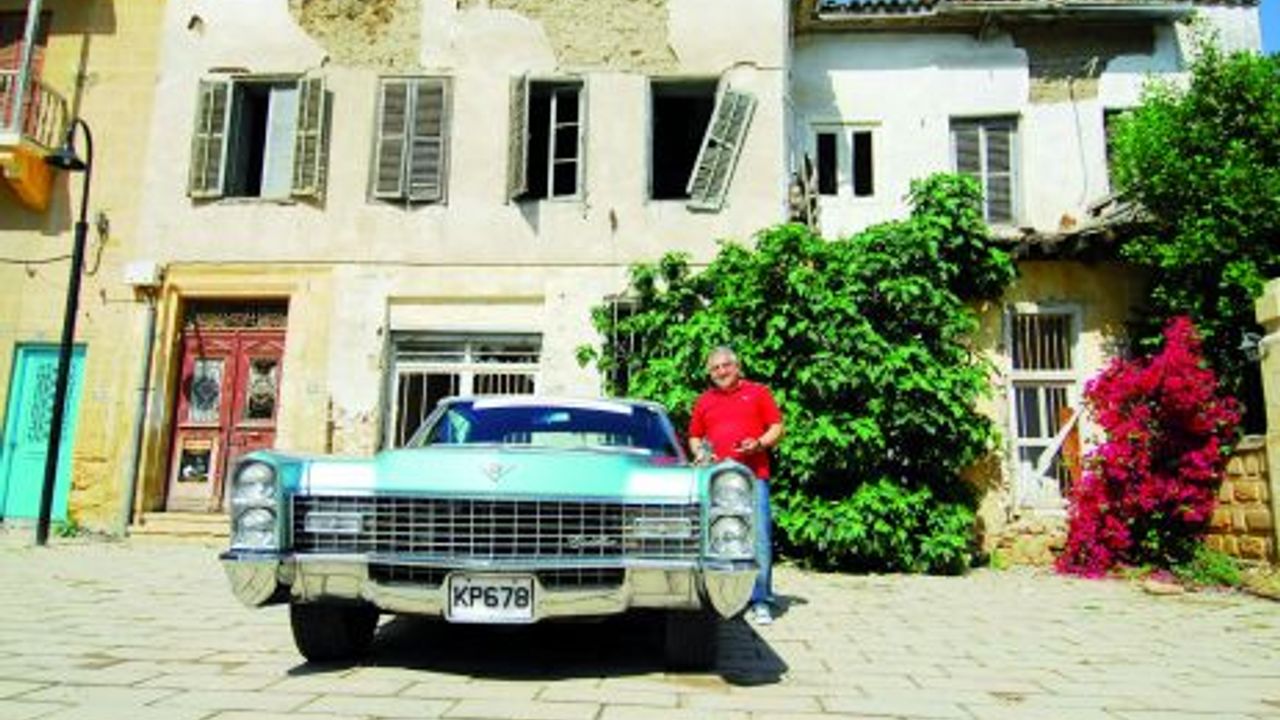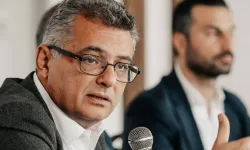Through North Cyprus UK, each month I will narrate a region of North Cyprus from a different perspective. My aim is to remind you of the known and not so known information. I wanted to start this five monhts long journey from Nicosia.
Nicosia has had many historical names such as Ledra, Kermia, Lefkon, Levkosia and, since the 10th century, Nicosia. The proofs of Nicosia’s first establishment at the centre of the Island around the middle of the Mesarya Plain indicate the years of B.C 2500, namely the age of Bronze. Considering that there has been continious habitation for 4500 years, Nicosia is the place with longest habitation in the Island. The capital of Cyprus for the last 1000 years, Nicosia is still the last divided city in Europe. 4.5 km long city walls that surround the capital Nicosia give this old city another charm. Orginally designed for defence purposes, Nicosia city walls are consisted of 11 bastions and 3 entrance doors. These are the Kyrenia Gate (Porta Del Proveditore), Famagusta Gate (Porte Giuiliano) and Paphos Gate (Porte Domenico). The only entrace to the historical walled city from the north, the Kyrenia Gate, is currently being used as the Tourism Information Office. The voices of reed coming from the nearby Mevlevi Monastery welcomes you. You can find the traces of four different civilisations, Lusignan, Venetian, Ottoman and the British, in one photograph frame in the walled city. Neighborhood of Arabahmet with its Ottoman mansions and Samanbahçe, the first social housing project in Cyprus, adds a quite different feeling to the city.
Grand Inn with two floors and 68 rooms is one of the most important Ottoman works in Cyprus and it is definitely the apple of Nicosia’s eye. Grand Inn is currently occupied with shops that reflect the Cypriot Culture and a stop to take deep breath of the culture. St. Sophia Cathedral where the Lusignan kings were crowned as the King of Cyprus is also located around the centre of historical capital city Nicosia. St. Sophia Cathedral, which was turned into a mosque after the invasion in 1571 is also known as the first place that Lala Mustafa Pasha delivered his Friday prayers.
These words in Latin are written on the Venetian Column located at the Sarayönü Square: People of here see themselves in unruined belief and not in beauty and prosperity.
Things to do in Nicosia
*** Walking around the walled city Nicosia starting from the Kyrenia Gate (Porta del Proveditore). Some fequent destinations along the way are the Kyrenia Gate, Mevlevi Monastery, Venetian Column, Arasta Street, Grand Inn, Bedesten and the Selimiye Mosque.
*** Meeting history and culture at the Grand Inn, which is one of the most important Ottoman works in Nicosia reflecting the Cyprus culture. Getting the chance to be familiarised with the Cypriot culture, handicrafts, and the local cuisine.
*** Walking around the neighborhood of Arabahmet with its Ottoman mansions and Samanbahçe, the first social housing project in Cyprus. A good number of restored mansions with alcoves and the Dervish Pasha Mansion, which is used as an ethnography museum, will take you to the recent history of Cyprus.
*** Seeing the Arasta Bazaar that reflect the Cyprus culture, architectural wonder Bedesten and Bandabuliya that has been used as a covered bazaar since 1932.
*** Lüzinyan krallarının Kıbrıs Kralı olarak taç giydiği, gotik mimarinin en güzel örneklerinden St.Sophia Catedral’ini (Selimiye Camii) ziyaret edip, her bir taşın hikayesini dinlemek. Visiting the St. Sophia Cathedral (The Selimiye Mosque), a fine example of gothic architecture where Lusignan kings were crowned to be the kings of Cyprus, and listening to the stories of every stone.







